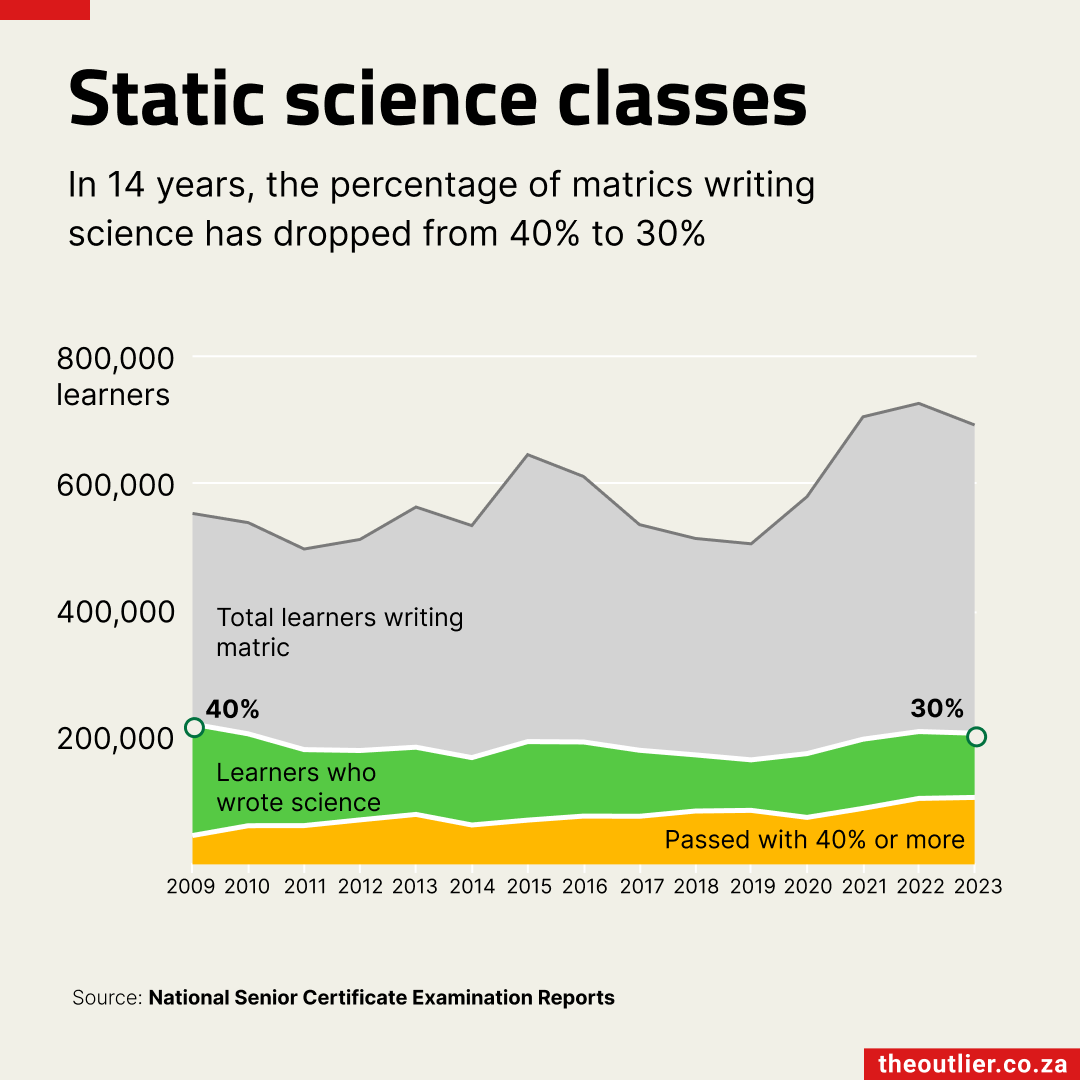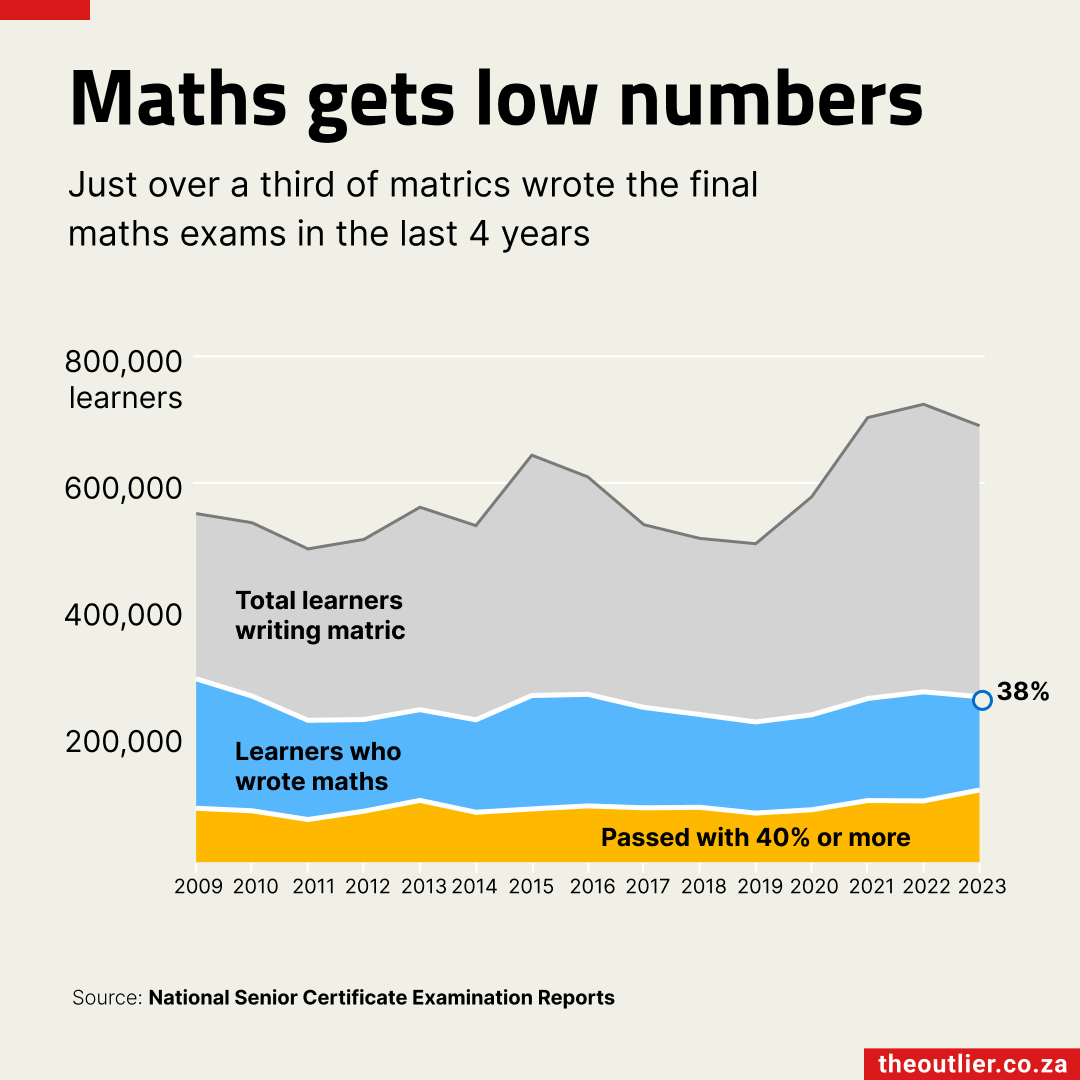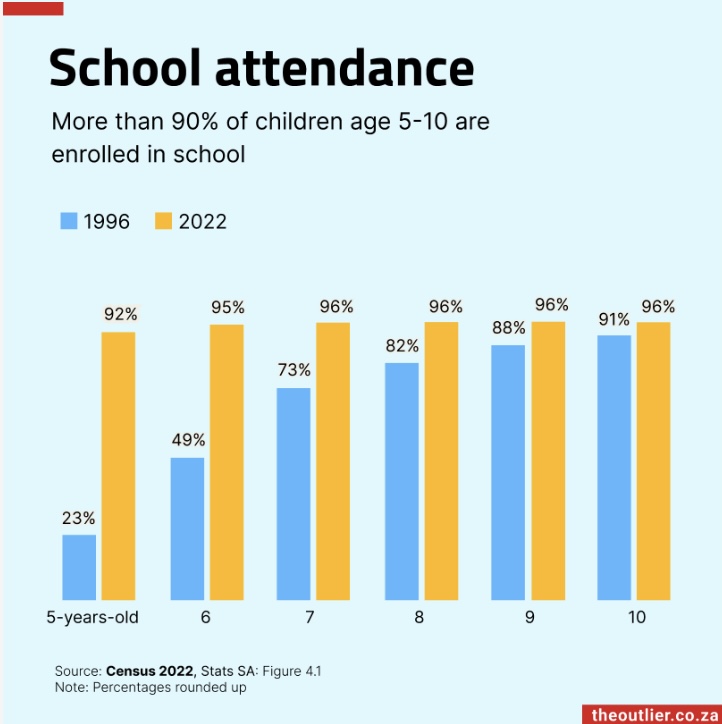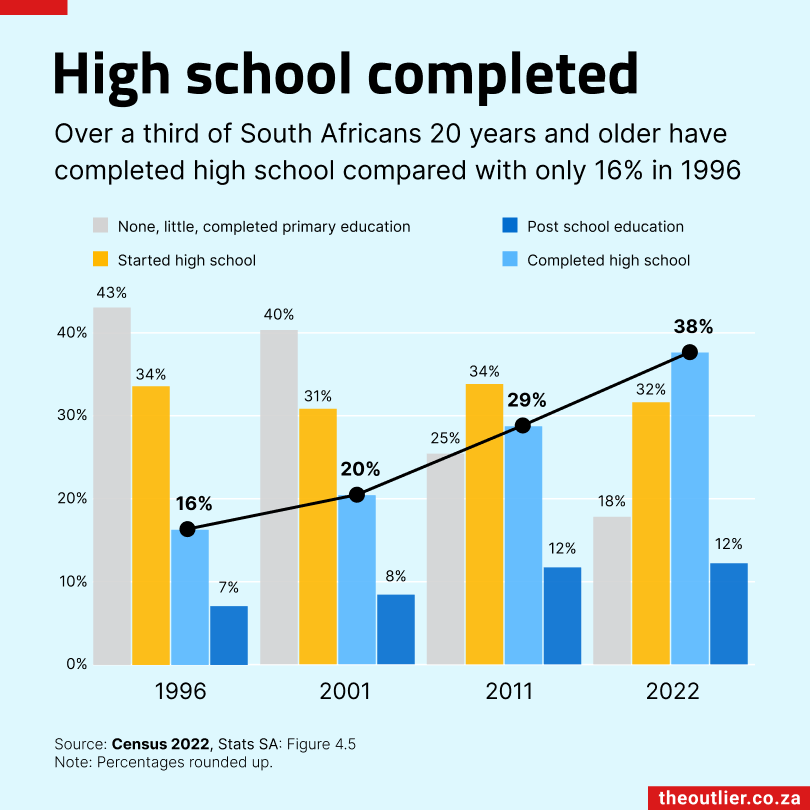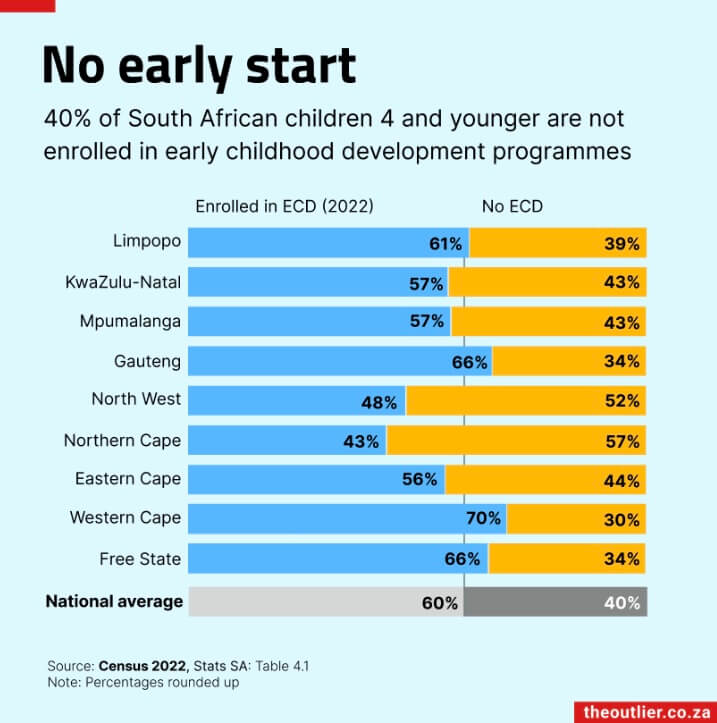Schools still don’t meet minimum standards nine years after deadlines to fix them were put in place
The Department of Basic Education now appears to want to remove the deadlines altogether
Rural school building in the Eastern Cape. Shutterstock
In 2013 the Department of Basic Education (DBE) signed into law regulations that described what South Africa’s public schools should be like. The minimum norms and standards for public school infrastructure included basics such as decent toilets, sufficient electricity and water supply, access to the internet, as well as libraries, sports facilities and laboratories.
The regulations also set out timeframes for when these minimum standards had to be met.
Before the 2013 regulations there were no binding minimum infrastructure standards for schools, which made it difficult for teachers, pupils, parents and communities to hold provincial and national education departments accountable for the state of schools and the facilities they offered.
But in June 2022, the Minister of Basic Education, Angie Motshekga, published proposed amendments to the infrastructure regulations in the Government Gazette for public comment.
What are the implications of these amendments?
According to Equal Education, a non-profit organisation, and the Equal Education Law Centre, “the scariest change that Minister Motshekga wants to make to the school infrastructure law is to totally take out the deadlines by when the government must get rid of pit latrines and provide basics such as water, electricity, classrooms, fences and libraries.”
What are the deadlines and have they been met?
Pit toilets
In 2013, when the Norms and Standards for Public School Infrastructure were signed into law, they immediately banned plain pit latrines from all public schools. There were 7,438 schools with illegal toilets at the time.
A 2016 deadline was set to eradicate them. But in 2021, six years past that deadline, there were 2,130 schools that still had pit latrines as their only toilet facilities, according to the National Education Infrastructure Management System (NEIMS) report.

The DBE uses the NEIMS to capture information about school infrastructure and to identify backlogs and monitor the progress made in eradicating them. A report containing summary statistics is usually published annually.
The latest publicly available NEIMS report was published on 12 April 2021.
The 2016 and 2020 deadlines
29 November 2016
By this date all public schools should have been provided with some access to water, electricity and acceptable toilets. School buildings made from inappropriate materials – mud, asbestos, wood or zinc – should have been replaced.
29 November 2020
By this date all public schools should have been provided with enough classrooms, enough electricity, enough water, and enough proper toilets. Schools should also have been provided with electronic connectivity (telephones and internet) and perimeter security (such as fences).
Electricity
In 2013, the NEIMS report showed that 2,925 schools had no electricity supply at all. By the first 2016 deadline there were still 569 powerless schools. In 2021 the number had been reduced to 90 schools.
In 2021, however, there were still 3,343 schools that had an “unreliable electricity supply”, according to NEIMS.
The norms and standards regulations state that schools were supposed to be provided with “some” electricity by 2016 and “enough” electricity by 2020. In the regulations, enough electricity is “sufficient to serve the power requirements of each particular school”. It is not clear whether an “unreliable electricity supply” is considered to be “enough” electricity.

Water
In 2013 there were 1,772 schools with no water supply. By 2018, all schools had water, according to NEIMS.
However, there are still 5,836 schools with an “unreliable water supply”.
The norms and standards regulations state that all schools should have “a sufficient water supply available at all times for drinking, personal hygiene and, where appropriate, for food preparation”. It’s unclear whether an “unreliable water supply” is considered to be “sufficient”.
For example, some schools still relied on water tankers which require companies – with contracts from the education department – to fill them.

Inappropriate materials
In 2016 the Department of Basic Education said in a response to a question in parliament that in December 2016 there were 1,017 schools made from mud, asbestos, wood or zinc. By that year those schools should have been rebuilt.
Information about schools built with these inappropriate materials is not contained in the NEIMS reports, so it’s hard to track progress.
The Accelerated Schools Infrastructure Development Iniative (ASIDI) was tasked with replacing some of these schools. At one point, the number of schools ASIDI was tasked to replace was 510, but by 2018 this number had dropped to 363. On the ASIDI web page in 2021 it has changed again to 483.
In 2021, in response to another question in parliament, the DBE said that there were 98 schools built with inappropriate materials still in use, but it said that those schools were earmarked for closure because of low enrolment.
We mapped the ASIDI schools that had been replaced by 2018 here.

Fencing and security
In 2013 there were 2,350 schools with no fencing. All schools had fencing by 2019, according to NEIMS. However, in 2021 there were still 157 schools without security, which leaves them vulnerable to theft and vandalism.
Internet connectivity
There are still 18,538 schools that don’t have access to the internet for teaching and learning, according to the 2021 NEIMS report.
But working out how many schools have access to internet is no easy task and it depends on the source, as we discovered in 2020 when we tried to answer this question.

2023 deadlines
29 November 2023
By this date all public schools in South Africa should have libraries and laboratories.
In 2013 there were 18,710 schools that didn’t have libraries and 20,166 schools that didn’t have laboratories, according to NEIMS.
Although this deadline hasn’t been missed yet, in 2021 the NEIMS report showed 17,832 schools still didn’t have libraries and 19,840 still didn’t have labs. So it looks very unlikely that the 2023 deadlines will be met.


2030 deadline
The final set of deadlines is 31 December 2030. By then all public schools in South Africa should have sports facilities. In 2021, more than 10,000 schools didn’t have them. This is another deadline that looks like it is unlikely to be met.
See: Two in every five public schools don’t have sports facilities

If the regulations for norms and standards for public schools are amended as per the education minister’s June proposal what will the effect be given that so many deadlines have been missed already?
“Without deadlines that are written into law, learners and teachers could be waiting another 10 or 20 years for their schools to be fixed,” said Equal Education.
To summarise, the deadlines missed so far are:
- Pit toilets
- Electricity supply
- Replacement of schools made with inappropriate materials
- Security
- Internet connectivity
Additional reporting by Gemma Ritchie and Laura Grant

